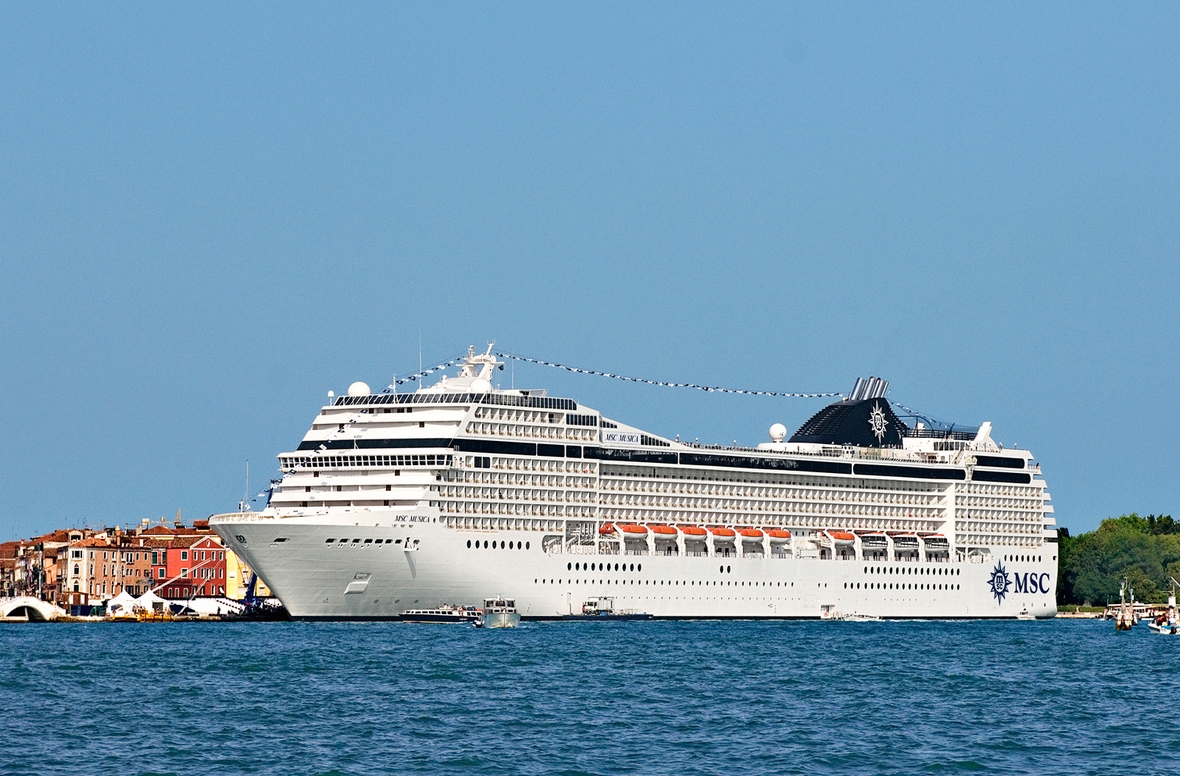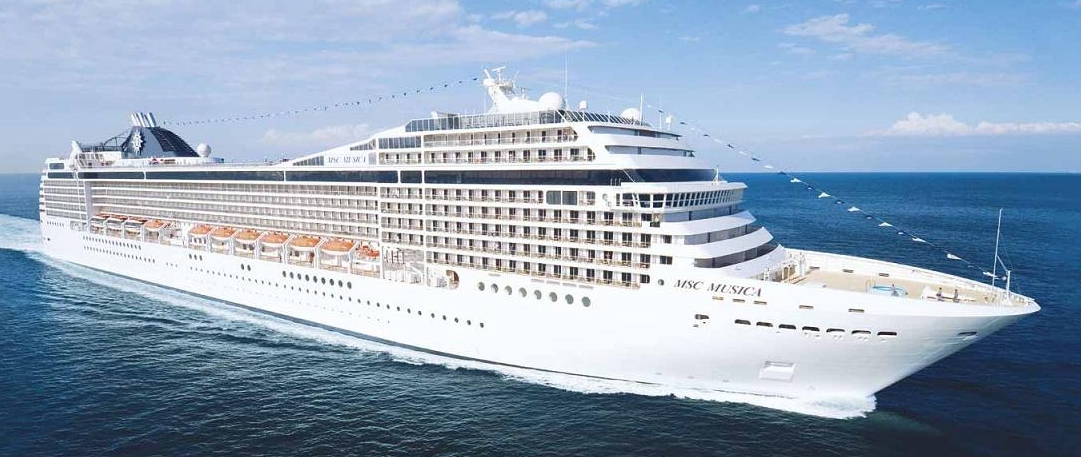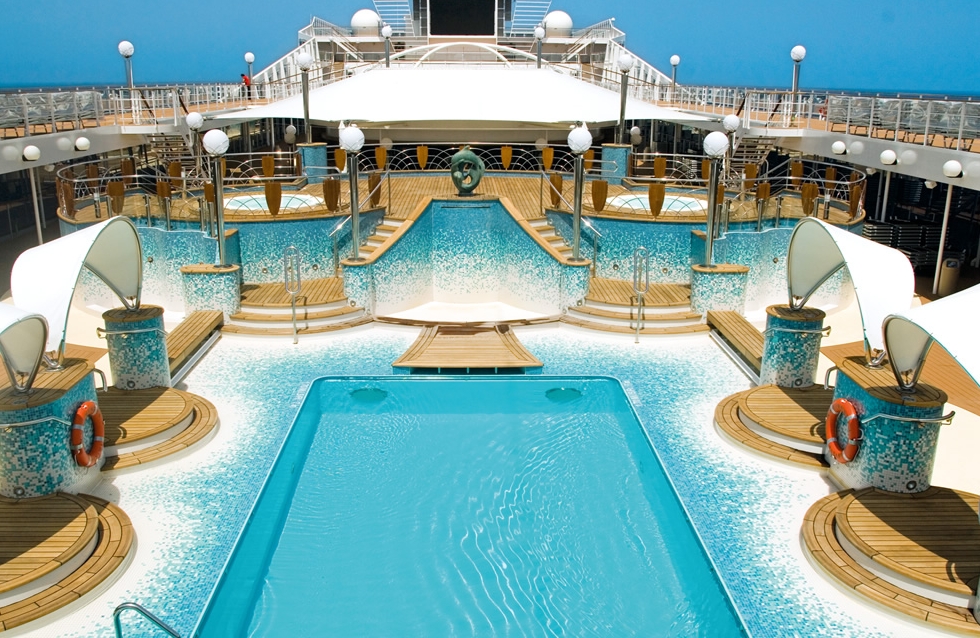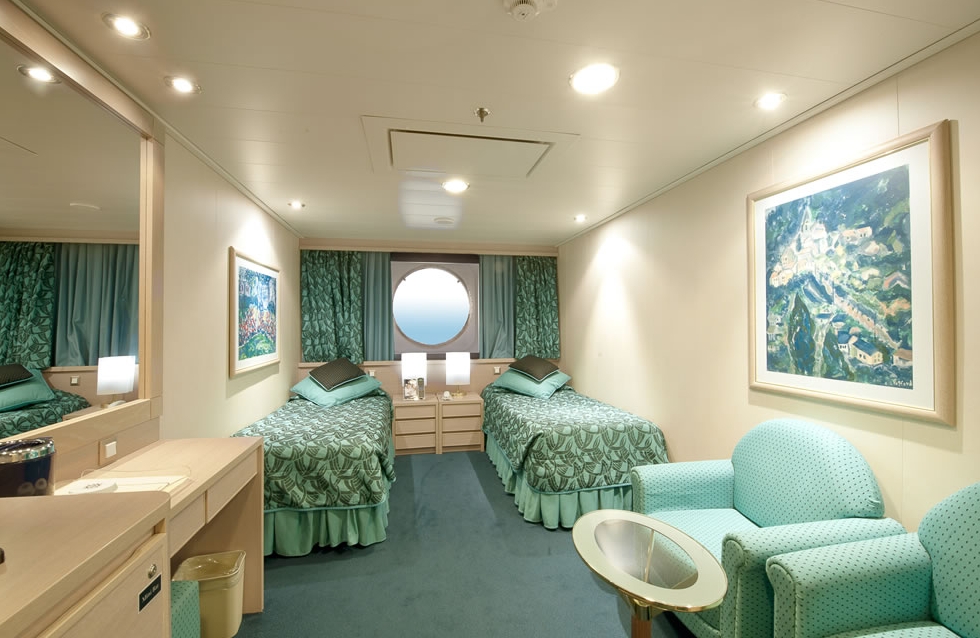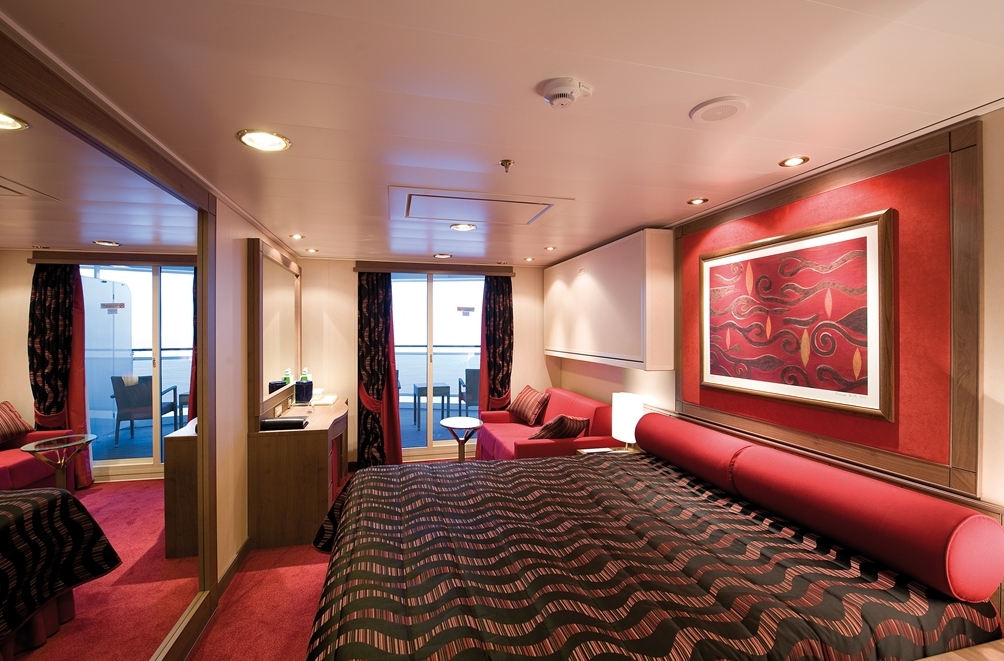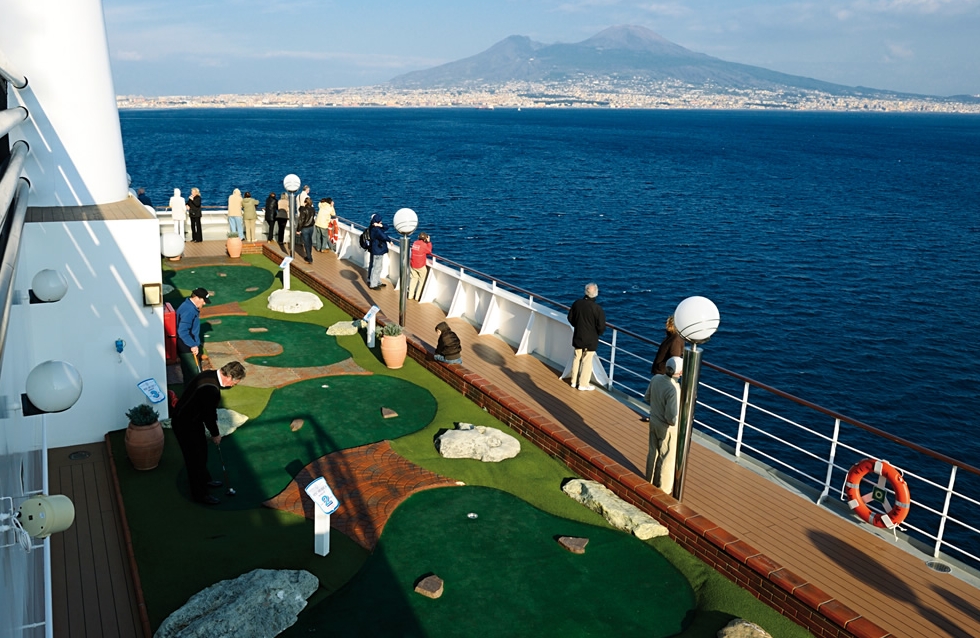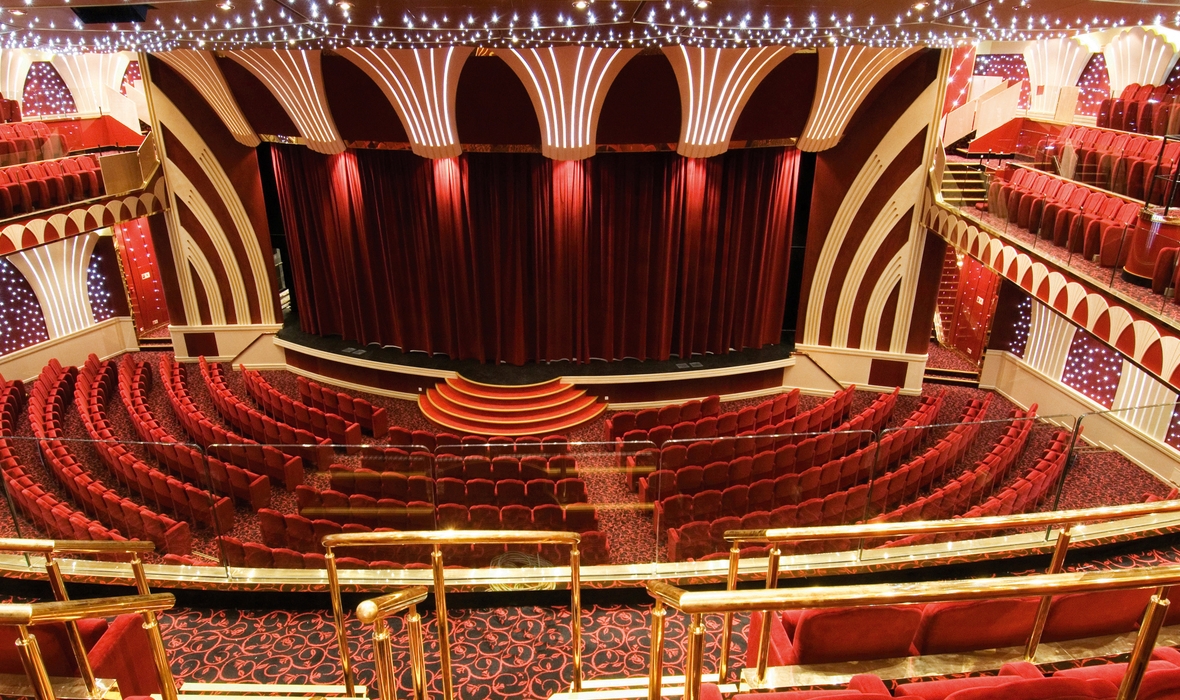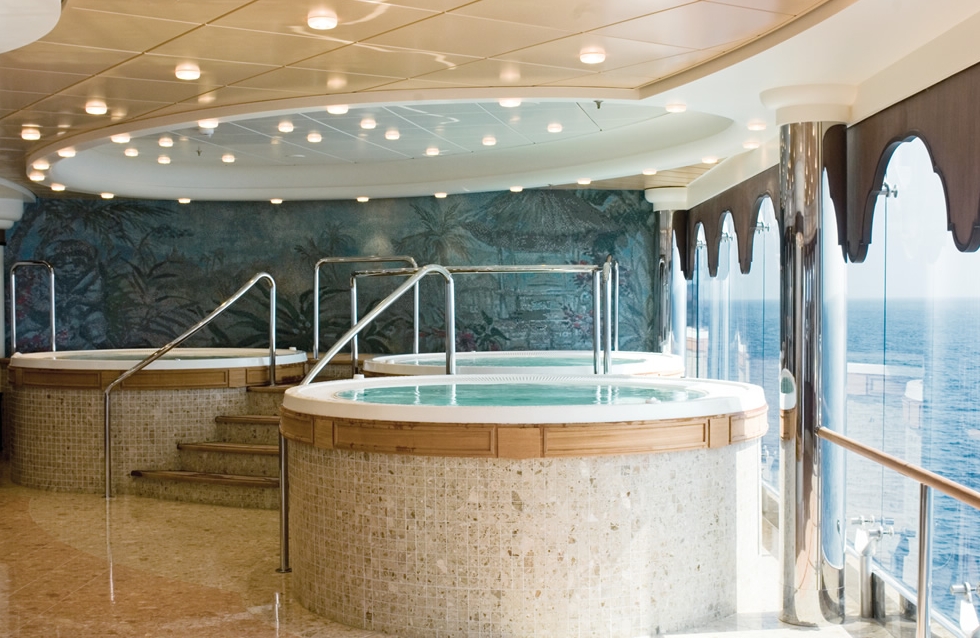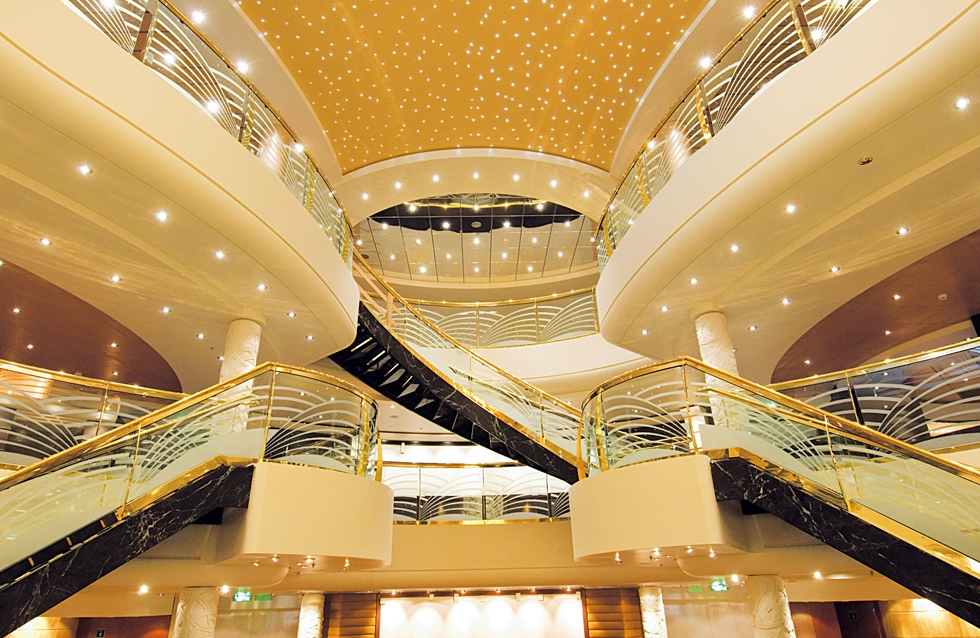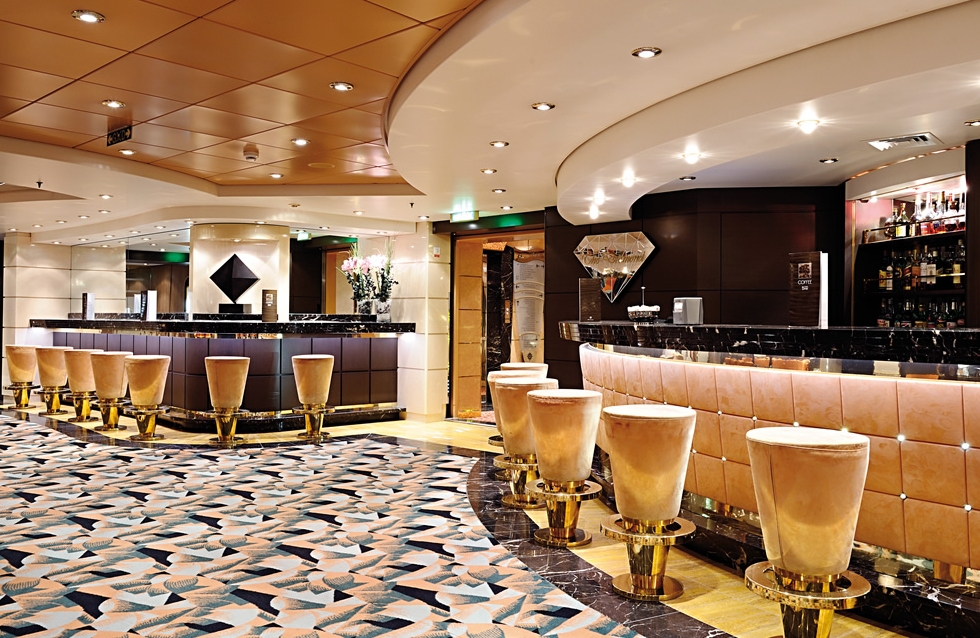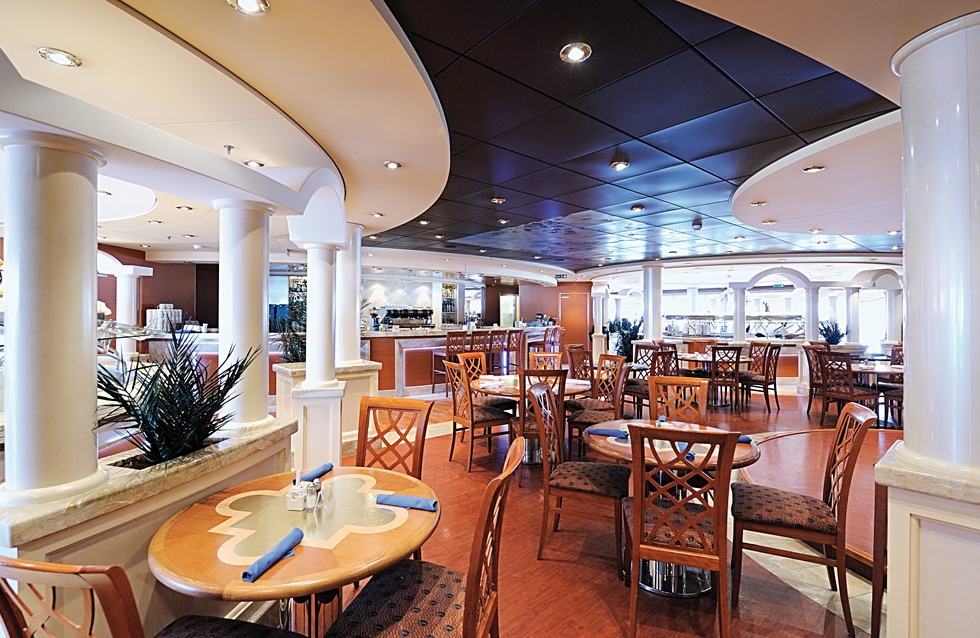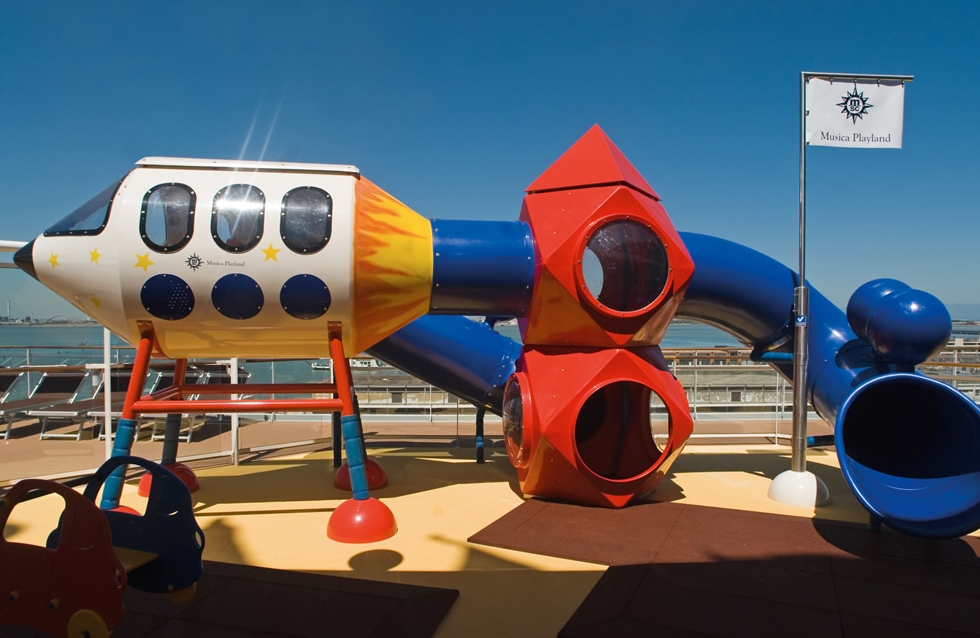Cruise, Venice
Hotel Description
Cruise Program
| Date | Port |
| Day 1 | Venice, Italy |
| Day 2 | Ravenna, Italy |
| Day 3 | Kotor, Montenegro |
| Day 4 | Split, Croatia |
| Day 5 | Venice, Italy |
4 nights Cruise and 2 nights Stay in a central hotel in Venice - Call for more details!
Main stops of your itinerary:
Venice - Italy
MSC Cruises shore excursions can be a clever option for visiting the monuments that draw the largest cruise crowds in Venice: the Basilica di San Marco – the mausoleum of the city’s patron saint – and the Palazzo Ducale – the home of the doge and all the governing councils.
Certainly these are the most dramatic structures in Venice: the first a mosaic-clad emblem of Venice’s Byzantine origins, the second perhaps the finest of all secular Gothic buildings. But you would be rewarded for visiting every parish: a roll-call of the churches worth visiting would feature over fifty names, and a list of the important paintings and sculptures they contain would be twice as long.
Enjoy your cruise holiday in Venice walking in Piazza San Marco: the only piazza in Venice, all other squares being campi or campielli. Its parades, festivities and markets have always drawn visitors, the biggest attraction once being the trade fair known as the Fiera della Sensa, which kept the Piazza buzzing for the fortnight following the Ascension Day ceremony of the Marriage of Venice to the Sea; nowadays the Piazza is the focal point of the Carnevale shenanigans.
The coffee shops of the Piazza were a vital component of eighteenth-century high society, and the two survivors from that period – Florian and Quadri – are still the most expensive in town. The glass-blowing industry is what made Murano famous all over Europe, and today its furnaces constitute Venice’s sole surviving manufacturing zone. Murano’s street-level premises are given over almost entirely to shops selling glasswork.
Ravenna – Italy
The main reason for visiting Ravenna, a few kilometres inland from the Adriatic coast, on your MSC Mediterranean cruise, is simple – it holds a set of mosaics generally acknowledged to be the crowning achievement of Byzantine art.
No fewer than eight of Ravenna’s buildings have been designated UNESCO World Heritage sites. They date from a strange interlude in the city’s history during the late Roman–early Byzantine period when this otherwise unremarkable provincial centre briefly became one of the most important cities in all of Europe. The centre of Ravenna is the Piazza del Popolo, an elegant open space, arcaded on two sides, laid out by the Venetians in the fifteenth century and now bordered by cafés. A group of buildings around Piazza del Duomo shelter the Duomo itself, with its cylindrical tower. Originally a fifth-century building, it was completely destroyed by an earthquake in 1733 and rebuilt in unexceptional style soon after.
A holiday to Ravenna is unthinkable without a visit to Basilica di Sant’Apollinare Nuovo. Built by Theodoric in the sixth century, it contains some of Ravenna’s most impressive mosaics, running the length of both sides of the nave. Each shows a line of martyrs processing through avenues of date palms and bearing gifts for Christ and the Virgin enthroned. Around 130km west of Ravenna in Maranello you can enjoy another unforgettable MSC excursion: Museo Ferrari, an exhibition centre dedicated to the racing dynasty.
On display are the cups and trophies won by the Ferrari team over the years and an assortment of Ferrari engines, along with vintage and contemporary examples of the cars themselves. There’s also a shop stocking all manner of merchandise, from baseball caps to surf boards.
Kotor – Montenegro
You can see perched on the edge of a majestic bay, the medieval Old Town of Kotor; it’s the undisputed jewel in Montenegro’s crown.
Though no longer Europe’s best-kept secret, Kotor’s sudden elevation to the tour-cruise league has failed to dim the timeless delights of its cobbled alleyways and secluded piazzas. Enclosing cafés and churches galore, the town walls are themselves glowered down upon by a series of hulking peaks.
Down below, a harbour now bustling with sleek yachts marks the end of the Bay of Kotor, made fjord-like by the 1000m cliffs that rise almost vertically from the serene waters. Kotor’s charms are best appreciated by heading to the Old Town, without map, and getting lost in the labyrinthine streets. You’ll likely start your excursion entering through the Sea Gate, next to the harbour, where your MSC cruise ship awaits your return, and emerge onto the main square, Trg od Oružja.
Cafés spill out from glorious buildings, the most notable of which are the old Rector’s Palace and a leaning clock tower. Burrow through the streets and before long you’ll end up at St Tryphon’s Cathedral, backed by a wall of mountains and perfect for photos; it’s well worth the entry fee for a peek inside.
Elsewhere there are several churches that merit a look, as well as a fascinating Maritime Museum, a repository of nautical maps and model ships. The old fortress walls sit proudly above the town, and make for a rewarding climb. Allow at least ninety minutes for the round-trip to St Ivan’s Castle, from which you’ll have tremendous views of the fjord.
Split – Croatia
With its seafront cafés and ancient alleyways, shouting stallholders and travellers on the move, bustling, exuberant Split is one of Croatia’s and the Mediterranean’s most compelling cities, it’s easy to see this feeling when you step aground from your MSC cruise.
It has a unique historical heritage too, having grown out of the palace built here by the Roman Emperor Diocletian in 295AD. The palace remains Split’s central ingredient, having been gradually transformed into a warren of houses, tenements, churches and chapels by the various peoples who came to live here after Diocletian’s successors had departed.
Adapted long ago to serve as Split’s town centre, Diocletian’s Palace is certainly not an archaeological “site”. Although set-piece buildings such as Diocletian’s mausoleum (now the cathedral) and the Temple of Jupiter (now a baptistery) still remain, other aspects of the palace have been tinkered with so much by successive generations that it is no longer recognizable as an ancient Roman structure. Best place to start exploring with an MSC excursion the seaward side of the palace is Split’s broad and lively Riva.
Running along the palace’s southern facade, into which shops, cafés and a warren of tiny flats have been built, the Riva is where a large part of the city’s population congregates day and night to meet friends, catch up on gossip or idle away an hour or two in a café. Nearly everything worth seeing in Split is concentrated in the compact Old Town behind the waterfront Riva, made up in part of the various remains and conversions of Diocletian’s Palace itself, and the medieval additions to the west of it. You can walk across this area in about ten minutes, although it would take a lifetime to explore all its nooks and crannies.
Our opinion:
Venice Cruise and Stay-MSC Musica.
Visit Venice, Croatia and Montenegro on the lovely 4* MSC Musica!
3 Reasons to book with Purple Travel
- Experience: Purple Travel is a member of Hays Travel IG Group founded in 1980 & with more than 1,000 staff.
- Confidence: Your money is safe: We are ABTA and ATOL bonded.
- Choice: We search low-cost airlines, tour operators, accommodation suppliers and transfer companies and tailor-make a holiday at the best price possible.
Call now!0207 993 9222
Port location
Reviews for Venice Cruise and Stay-MSC Musica
0 reviews
Let our team help you secure this deal.




